Spice It Up: A Fun & Flavorful Guide to Mexican Seasonings
Table of Contents
Introduction to Mexican Seasonings
Mexican cuisine is a vibrant celebration of flavor, and at the heart of it lies a rich tapestry of seasonings that bring life to every dish. From the smoky warmth of chili powder to the zesty brightness of lime, these seasonings are more than just ingredients—they're the soul of Mexican cooking. Whether you're making tacos, enchiladas, or a simple bowl of beans, the right blend of seasonings can transform your meal from ordinary to extraordinary.
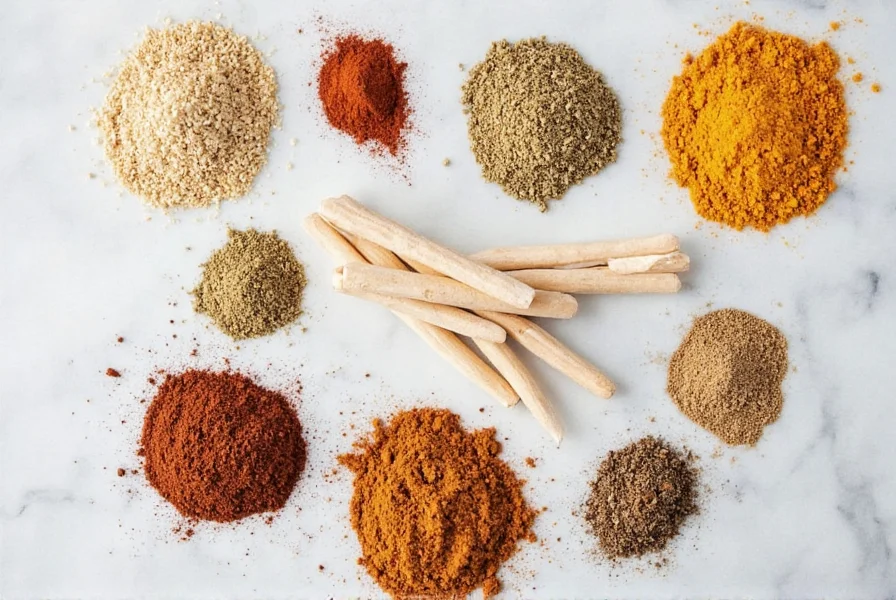
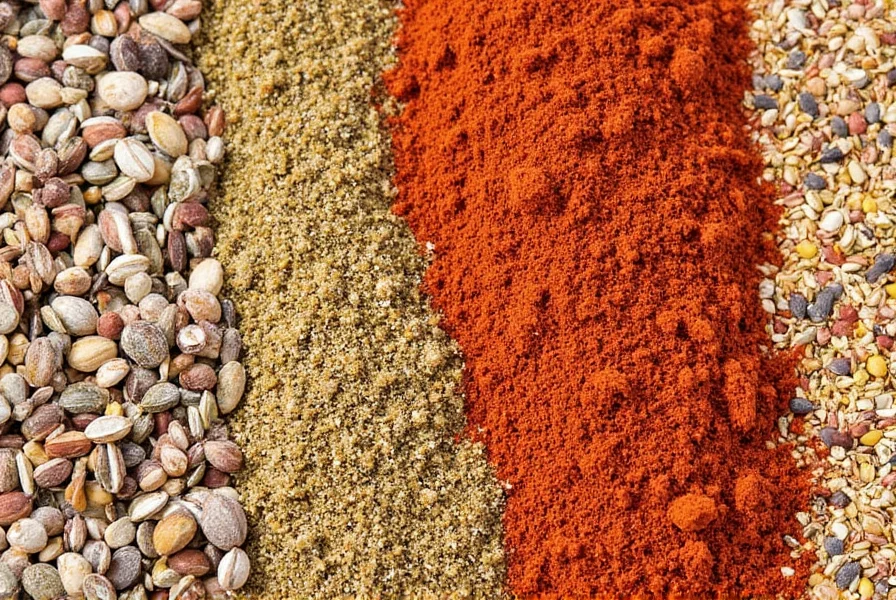
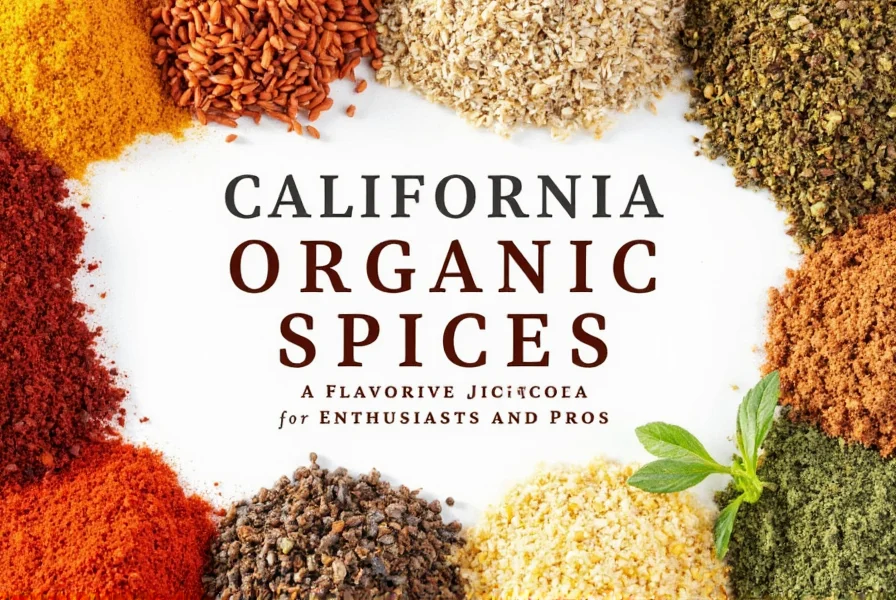

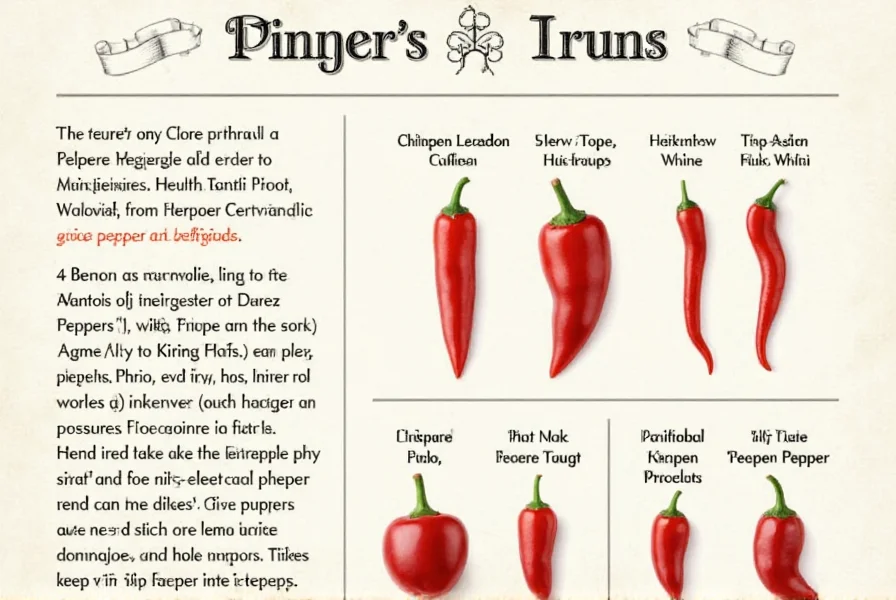
Common Mexican Seasonings and Their Uses
Let’s dive into some of the most iconic Mexican seasonings and how they can elevate your dishes:
- Chili Powder: A staple in many recipes, this blend usually includes ground chilies, cumin, garlic, and oregano. It's perfect for adding heat and depth to salsas, stews, and grilled meats.
- Cumin: Known for its earthy aroma, cumin is essential in tacos, beans, and rice. It pairs beautifully with tomatoes and onions.
- Oregano (Mexican Style): This variety has a stronger, more pungent flavor compared to Italian oregano. It’s often used in salsas, soups, and marinades.
- Coriander: With a citrusy, slightly sweet flavor, coriander is a key ingredient in many Mexican spice blends like adobo and taco seasoning.
- Ancho Chili: Dried poblano peppers, ancho chili offers a mild, sweet heat that’s great for sauces and moles.
- Chipotle: Smoked jalapeños give chipotle a bold, smoky flavor. It’s ideal for adding depth to barbecue sauces and stews.
These seasonings work together to create the complex, layered flavors that define Mexican food. Don’t be afraid to experiment with combinations—sometimes the best results come from mixing and matching.
5 Practical Tips for Using Mexican Seasonings
Whether you’re a seasoned cook or a curious beginner, here are five tips to help you make the most of your Mexican seasonings:
- Start Small and Taste Often: Mexican seasonings can be intense, so it’s best to add them gradually. Taste as you go and adjust the flavor to your liking.
- Use Fresh Ingredients: The quality of your spices matters. Look for fresh, aromatic seasonings to get the best flavor.
- Pair with Complementary Flavors: Mexican seasonings shine when paired with ingredients like lime, avocado, cilantro, and tortillas. These elements balance the heat and add freshness.
- Experiment with Blends: Try creating your own spice blends by combining different seasonings. A mix of chili powder, cumin, and oregano makes a great base for tacos or grilled chicken.
- Don’t Forget the Heat: If you like it spicy, add a few drops of hot sauce or a pinch of cayenne pepper to your dish. It adds a nice kick without overpowering the other flavors.
Mexican vs. Other Global Seasoning Traditions
Mexican seasonings are unique, but they share similarities with other global spice traditions. Let’s compare them side by side:
| Seasoning | Mexican Use | Indian Use | Thai Use |
|---|---|---|---|
| Chili Powder | Tacos, stews, salsas | Korma, curries, chutneys | Curries, stir-fries, salads |
| Cumin | Tacos, beans, rice | Curries, dals, breads | Curries, coconut milk dishes |
| Coriander | Taco seasoning, salsas | Curries, chutneys, pickles | Curries, salads, soups |
| Oregano | Salsas, soups, marinades | Breads, lentils, flatbreads | Salads, soups, noodle dishes |
As you can see, many of these seasonings are used across cultures, but each tradition gives them a unique twist. Understanding these differences can help you appreciate the diversity of global flavors.
Buying Guide: How to Choose the Best Mexican Seasonings
When shopping for Mexican seasonings, consider the following factors to ensure you get the best quality:
Features and Advantages
- Freshness: Look for seasonings with a strong, pleasant aroma. Fresh spices will have more flavor and potency.
- Purity: Choose products with minimal additives. Pure, high-quality seasonings will give you the best results.
- Origin: Some seasonings, like Mexican oregano, are better when sourced from their native region. They tend to have a more authentic flavor.
Use Cases and Target Audience
- Cooking Enthusiasts: For those who love experimenting with flavors, a wide variety of seasonings allows for creative combinations.
- Home Chefs: A basic set of Mexican seasonings can be a game-changer for everyday meals like tacos, enchiladas, and burritos.
- Professional Chefs: High-quality, specialty seasonings are essential for achieving the authentic taste of Mexican cuisine in restaurant settings.
Suitable Occasions
- Weeknight Dinners: Quick and easy meals like fajitas or chili can be made more flavorful with the right seasonings.
- Family Gatherings: Seasoned dishes are always a hit at family dinners or holiday feasts.
- Culinary Events: For food festivals or cooking classes, having a well-stocked spice rack is a must.
The right Mexican seasonings can bring authenticity and excitement to your cooking. Whether you're a casual home cook or a professional chef, investing in quality seasonings is a smart choice.
Conclusion
Mexican seasonings are more than just flavor enhancers—they’re a gateway to a world of rich, diverse tastes. By understanding their uses, experimenting with combinations, and choosing high-quality products, you can unlock the full potential of Mexican cuisine in your kitchen. So go ahead, spice it up, and let your taste buds travel!
Remember, the key to great Mexican cooking is not just the ingredients, but how you use them. With a little knowledge and a lot of passion, you can create dishes that are both delicious and unforgettable.

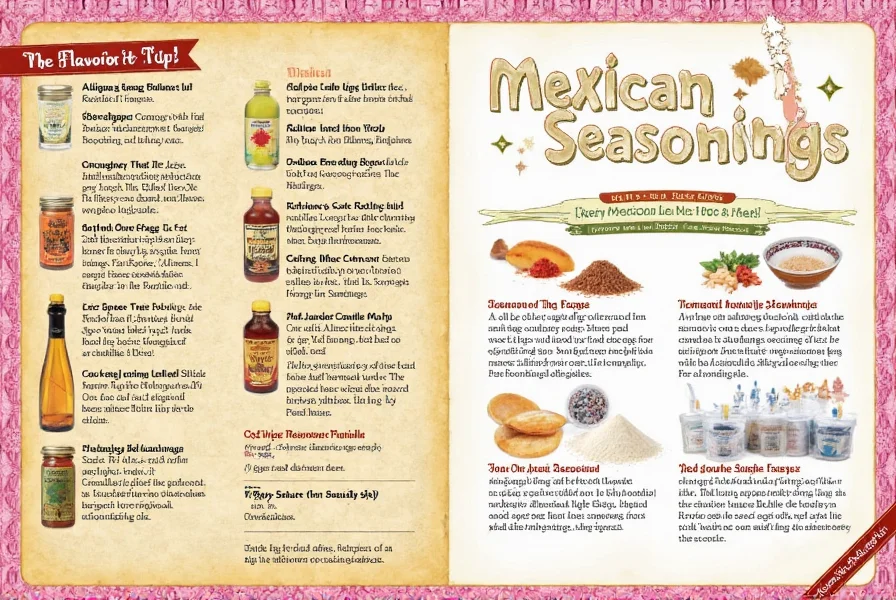









 浙公网安备
33010002000092号
浙公网安备
33010002000092号 浙B2-20120091-4
浙B2-20120091-4